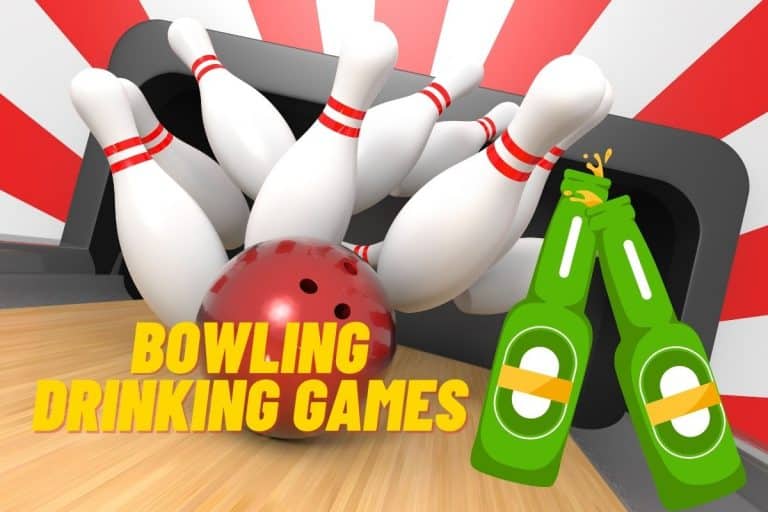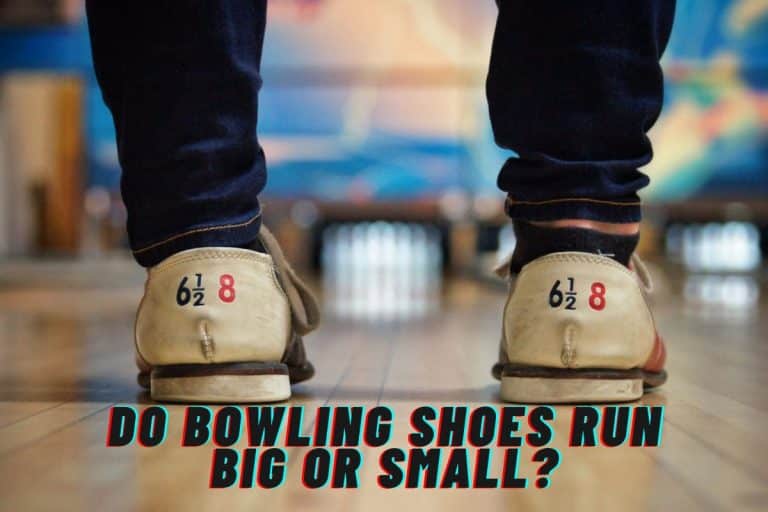What Does an F Mean in Bowling? [Don’t be Foul!]
The F mark is an important part of bowling's culture. It's something that most bowlers have to learn, but it can be confusing if you don't know what does an F mean in bowling. Single letters are hard to decipher, especially in a scoresheet. They can be confusing and make you wonder what you did, good or bad, during the game.
The letter F is a common symbol during bowling matches to signify the occurrence of something important. It is essential to know about it so you improve your gaming tactics in your next bowling match. You have conducted a foul when you see F on an electronic scoreboard or scoresheet during a bowling match.
Conducting a foul means you will not get a score for that delivery. Even though delivery still counts for that frame, even if you were to hit a strike, the number of pins you knock down will not contribute to your final score. Read on to find out.
What Is a Foul in Bowling?

Foul results from the bowler going against some of the set rules when bowling. But usually, it occurs when the bowler crosses the foul line. It happens when the player's body encroaches or goes beyond the foul line and touches any part of the lane, equipment, or building during or after delivery.
A ball remains in play after delivery until the same or another player is on the approach in position to make the next delivery. But, even if pins are knocked down during a foul, they are not counted. A foul during a throw will be counted as a ball with zero scores.
While throwing a ball and you foul, your delivery still counts but with no credit. The rack is reset, and you'll throw your next ball. But your turn is over if you make another throw and foul in your second delivery.
What Is a Foul Line?
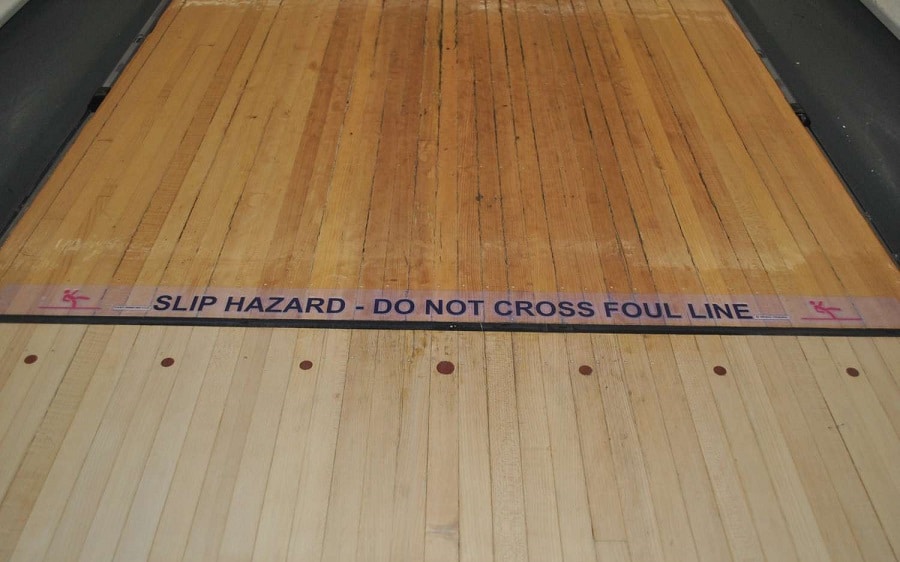
The foul line stretches from gutter to gutter, separating the approach from the lane. It extends continuously to either side and up and down. It's just a boundary but becomes a foul line when you throw by stepping over the line on an adjacent lane.
A foul is not registered when your hand on any part of your body crosses the line, assuming you don't touch any part of the bowling alley. The components of the bowling alleys include lanes, gutters, pillars, and walls or past the line. Even if foreign objects like jewelry fall from your body and land past the foul line, it's not a foul.
Types of Foul in Bowling
Even though crossing the foul line is the most known form of foul, various activities may cause a foul while bowling. They include:
1. Illegal Pinfall
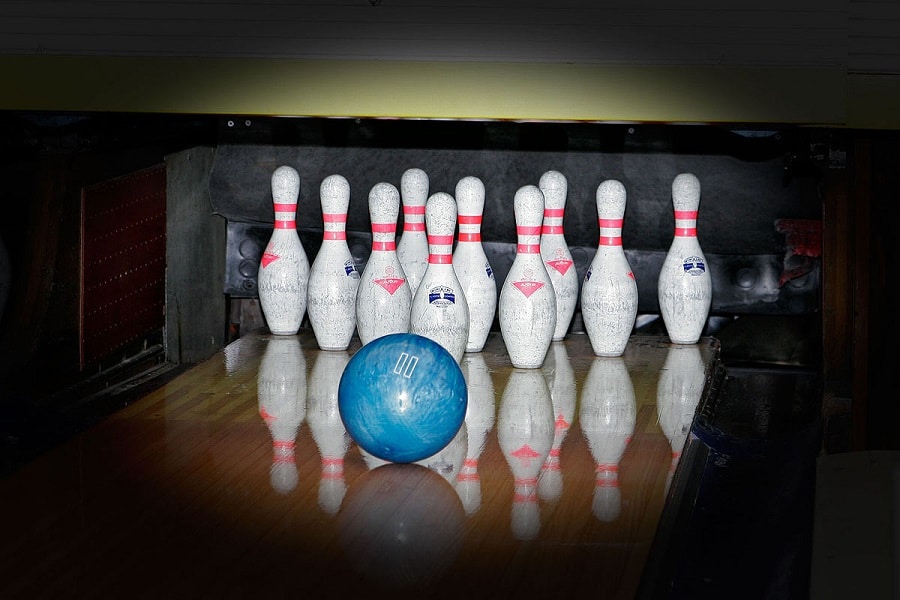
When bowling, the goal is to make a pinfall and do it correctly. It involves throwing while keeping it on the lane, ensuring it does not hit the gutter. It is a foul when you hit the pins with a ball that first went to the gutter before bouncing back. A ball that jumps to the wall and back to the pins is also a foul.
Also, when you knock down, the pinsetter is not out of the way; it's a foul. A foul can also occur when the pins are knocked by someone else, not the bowler's ball. But in case of this, where the illegal pinfall is not the bowler's fault, the bowler can redo the throw.
2. Shot Clock
There is always a time set for every bowler's turn, usually 30 minutes. The time is set using the shot clock that ensures professionalism while gaming. A player gets a foul when they violate the time indicated by the shot clock. They are not allowed to make a throw past 30 minutes during a gamer's turn; it's a foul.
3. Crossing the Foul Line

Crossing the foul line is mainly violated by unprofessional players. It occurs when a player crosses the lane from the approach. Players usually make this violation when they miscalculate their steps. It can also happen when the bowling floor is slippery or when oil or building materials are used.
The player slides and loses body balance, crossing the foul line. The effects of crossing the soul line are usually detrimental, and there are no considerations when you commit it. When you cross the foul line, it's a foul. Meaning you will gain no points even if you perfectly strike the pins.
Ways to Avoid Getting an F

Bowling is fun, but getting a foul is no better. When you cross the line while bowling, you will get a foul. Whatever pins you hit on the foul shot do not count; more like throwing a gutter ball. Here are ways to avoid getting a foul in bowling:
1. Keeping A Reasonable Distance From The Foul Line
When preparing a shot, you must keep a reasonable distance from the foul line. It will make you avoid sliding into the foul line if the floor is slippery. Usually, keep a distance of 3 to 4 inches from the foul line. You can slide back a foot or two, take your time, and shorten your steps as you make a throw.
2. Practice Your Strides
To make a perfect strike, practice your strides to create a rhythm for your throw. Creating a rhythm allows you to throw the ball quickly while keeping the foul line in mind. It will enable you to get some power on the ball and not cross the foul line without noticing.
3. Aim For The Headpin
To practice a perfect pinfall, you must aim for the headpin. It improves your skill level and prevents you from making a bad throw or sheer unluckiness. Seeking for the headpin ensures you get a good ball reaction and know how many pins were missed so you aim correctly in your next throw.
4. Using A Wire Brush For Your Shoes
The bowling floors are made to be smooth, and straight, and they are slippery. Here, you can brush your shoes using a wire brush. Using a wire brush will ensure you slide less while throwing a bowling ball. Under your shoes, brush back and forth the width of your boots to slide less and more, brushing the length of your shoes up and down. By using the brush, you will slide comfortably.
Conclusion
In bowling, “F” means a foul. A foul can result from illegal pinfall, crossing the foul line, or by shot clock. By making a foul, you do not get credit for your throw. Avoiding making a foul will help you bowl better and become more professional in the game.

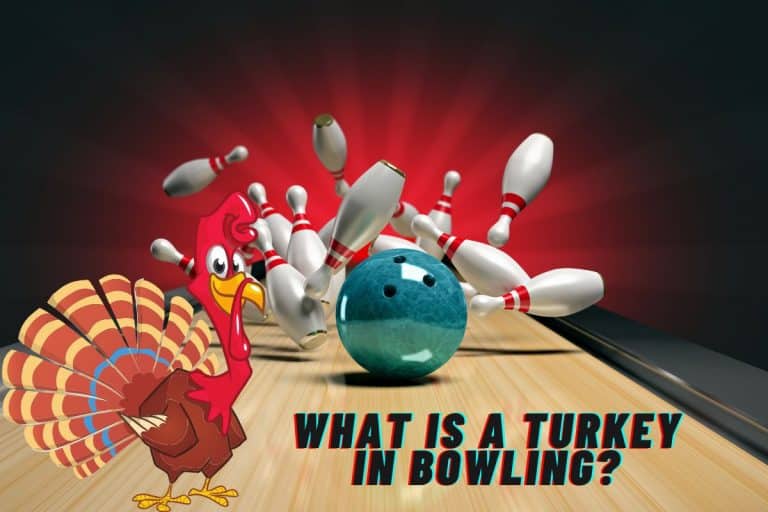

![Homemade Bowling Ball Cleaner [5 DIY Recipes]](https://www.bowlingknowledge.com/wp-content/uploads/2023/02/Homemade-BowlingBall-Cleaner-768x512.jpg)

